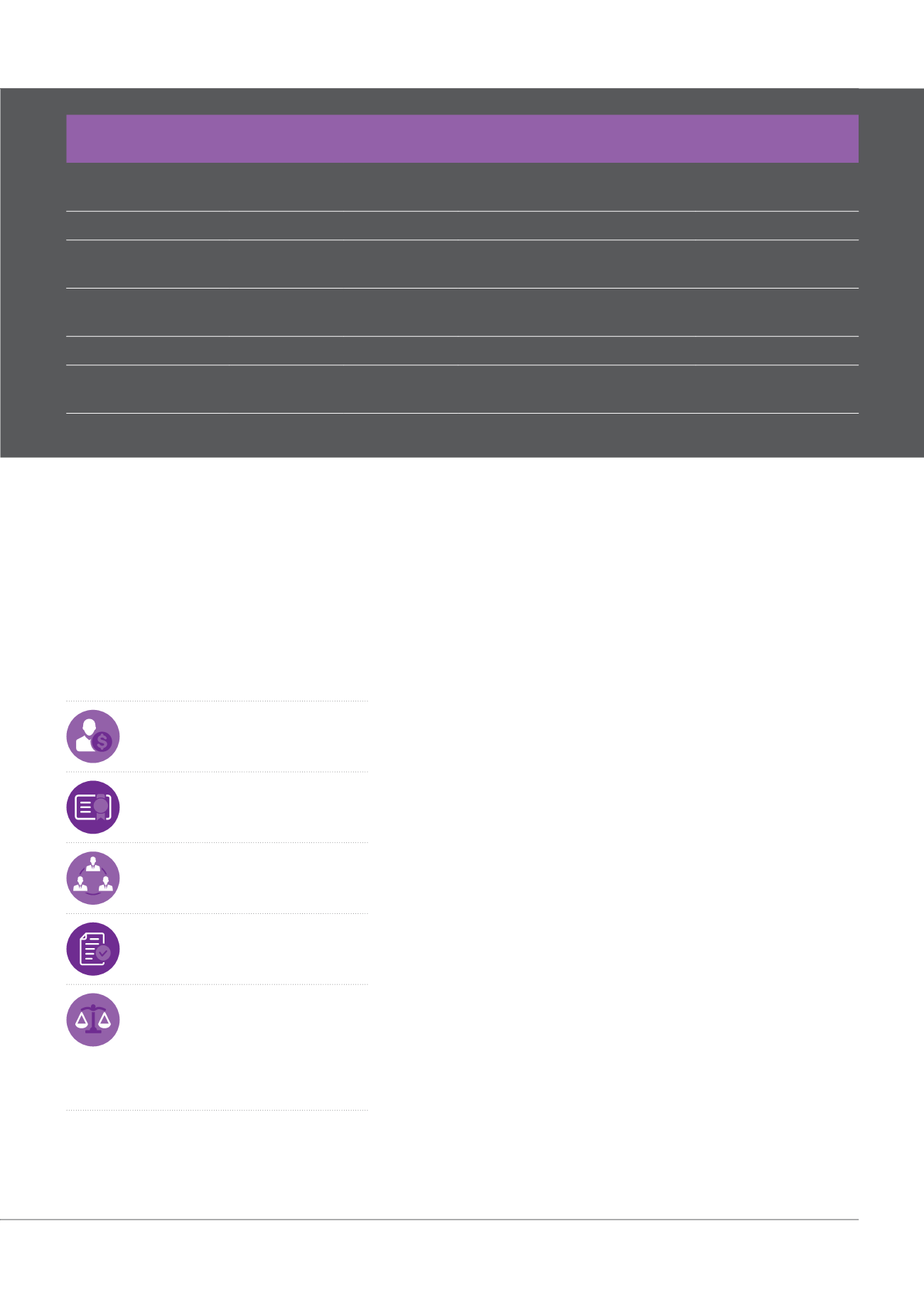

Global Trustee and Fiduciary Services News and Views
| Issue 47 | 2017
11
• Mandates managed by a QFII, QFIIs’
proprietary money if the QFII does not qualify
as a Long-Term Fund, funds managed by a
QFII that do not qualify as Open-end China
Funds, etc. (Other Funds).
Process and accessing the QFII regime
To qualify as a QFII, applicants must meet the
threshold conditions and tests summarised
below (see too table above):
Applicants must satisfy various
financial thresholds (table).
The investment team of the QFII must
meet the necessary professional
standards prevalent in its home country.
The QFII must have appropriate
internal systems, controls and
corporate governance.
The QFII must have at least three
years’ clear regulatory record with
no material penalties imposed.
The QFII must be established in a
jurisdiction with a well established
legal and regulatory regime that
has entered into a memorandum of
understanding with the CSRC and has
a good relationship with the CSRC.
In general, it would be expected that most
large retail asset managers and pension
funds in the UK should be capable of meeting
these conditions.
Investment restrictions and requirements
As with most methods of accessing the
Chinese markets, the QFII regime includes
several restrictions on investing in the market
and repatriation of capital.
Investment quotas
Previously, QFIIs were required to obtain prior
approval from SAFE for each investment quota.
The 2016 rule changes have now relaxed this
requirement. Participants have only a simple filing
obligation with SAFE if the investment quota is
within a certain percentage of the asset value
or AUM of the QFII — what is known as the “base
investment quota”. It should be noted that the
base investment quota will not apply to certain
QFIIs such as sovereign wealth funds, central
banks, long-term investors or monetary authorities.
Participants wishing to increase their quota —
within the parameters of the base investment quota
— may also do this by way of filing. Increases that
will take a QFII outside the base investment quota
still require prior SAFE approval.
Mandatory investment
Previously, under SAFE regulations, QFIIs
were required to invest the full amount of the
investment quota granted to them within six
months of receiving SAFE approval. This has been
relaxed somewhat, and QFIIs have up to a year to
invest their quota, any balance remaining being
liable to be revoked by the SAFE at its discretion.
Lock-in periods
All QFIIs are now subject to a mandatory three-
month lock-in period, during which no invested
funds may be withdrawn. The lock-in period now
Applicant
Operating
history
Net assets
Assets held or managed
(during preceding accounting year)
Other requirements
Asset management
institutions
2+ years
N/A
At least USD500 million
N/A
Insurance companies 2+ years
N/A
At least USD500 million
N/A
Securities companies 5+ years
At least
USD500 million
At least USD5 billion
N/A
Commercial banks
10+ years
N/A
At least USD5 billion
Tier-one capital of at
least USD300 million
Trust companies
2+ years
N/A
At least USD500 million
N/A
Other institutional
investors
2+ years
N/A
At least USD500 million
N/A


















